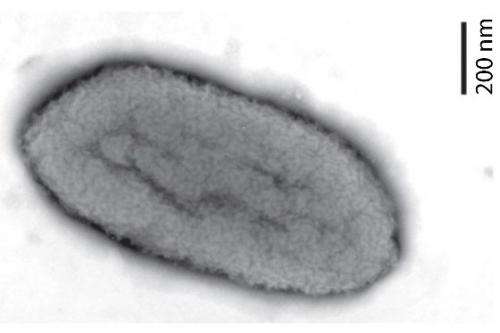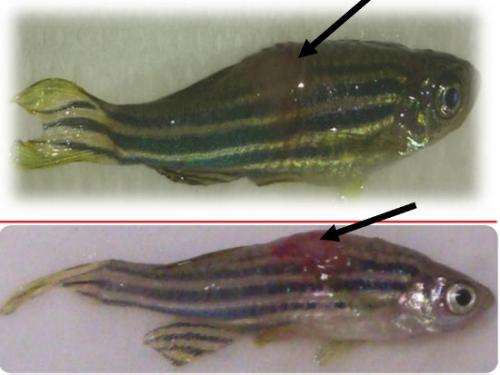Genetic divergence between the fish pathogens

Edwardsiella tarda is a bacterium that can infect a number of animal species and also humans. Edwardsiellosis is one of the most serious systemic bacterial diseases in fish, resulting in substantial losses in the fish farming industry all over the world.
Takele Abayneh Tefera has developed effective molecular tools for the identification and characterization of different strains of Edwardsiella. He developed a new TaqMan real-time and conventional PCR analysis for this purpose and then evaluated it in relation to the Loop Mediated Isothermal Amplification (LAMP) analysis. For the first time, he also used the Multi-locus Sequence Analysis (MLSA) for the typing and characterization of E. tarda, isolated from different sources. This is a useful tool for detecting sources of infection and for understanding the epidemiological relationship between isolates from the environment, fish, livestock and humans.
The MLSA analysis showed that there exist geographic and host-specific genotypes of the species E. tarda. Bacterial strains from fish were found to be only distantly related to E. tarda type strain and other strains from humans. Furthermore, genetic and phenotypic analyses also confirmed a genetic divergence between these strains of bacteria.
The findings of this study indicate that the fish pathogenic strain has been wrongly classified as E. tarda. Phenotypic characterization by means of a number of biochemical tests and pathogenity studies on zebra fish identified phenotypic markers which also differentiate fish pathogenic strains from the reference bacterium.

Based on genetic and phenotypic differences, Tefera and his colleagues have proposed that fish pathogenic Edwardsiella strains previously classified as Edwardsiella tarda should now be classified as a new species: Edwardsiella piscicida. The new species has now been approved and incorporated into prokaryotic nomenclature.
Tefera's work also led to the introduction of a new Multi-locus Variable Number Tandem Repeat Analysis (MLVA) for the further typing of different isolates of the new species of bacteria Edwardsiella piscicida. Employing this method proved to be more sensitive than the MLSA-analysis when it came to investigating outbreaks of E. piscicida.
Takele Abayneh Tefera defended his doctoral research on 26th November 2013 at the Norwegian School of Veterinary Science with a thesis entitled: "Fish pathogenic Edwardsiella tarda: Evaluation of molecular identification methods and characterization of a novel species."
Provided by Norwegian School of Veterinary Science



















